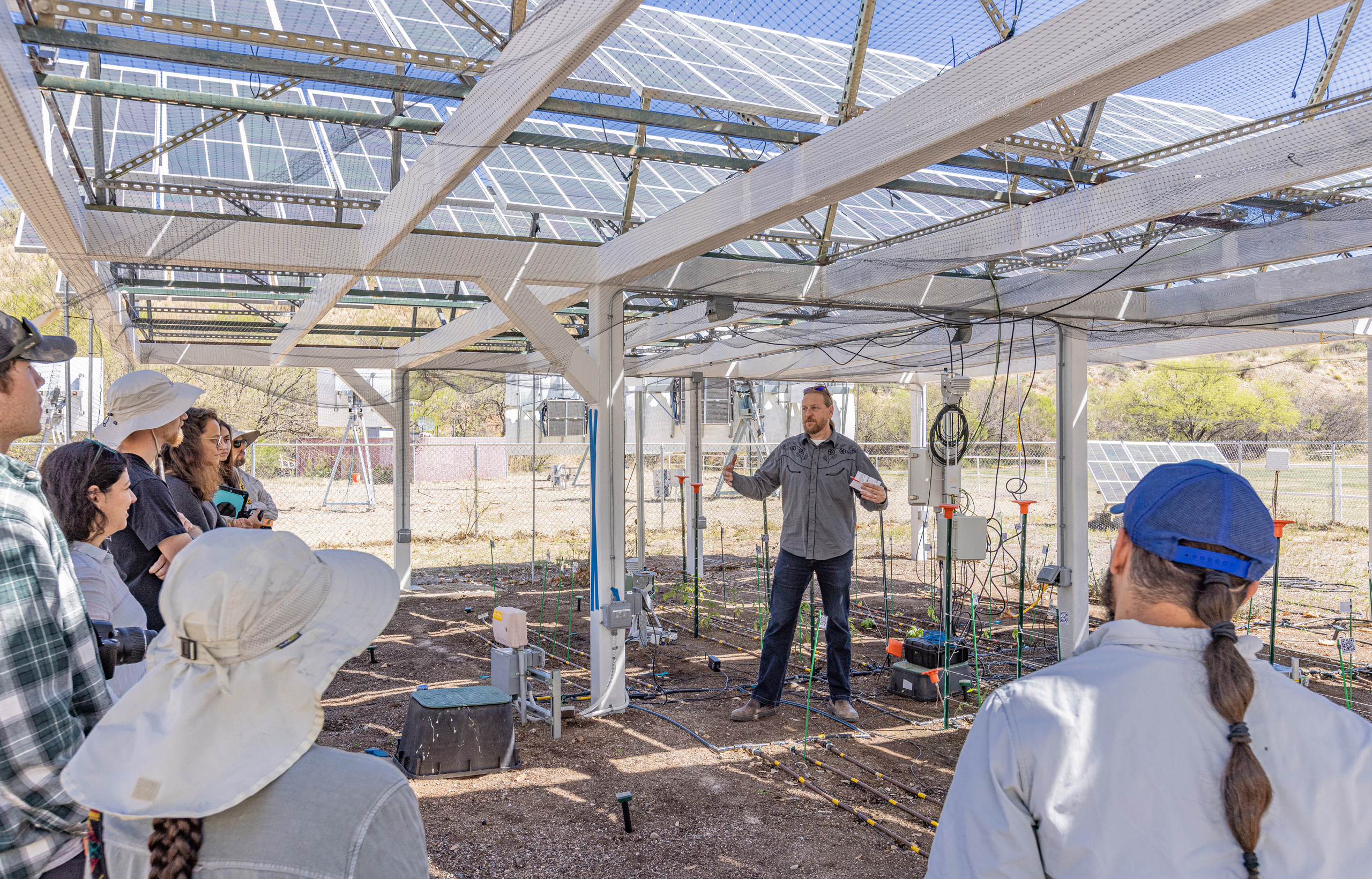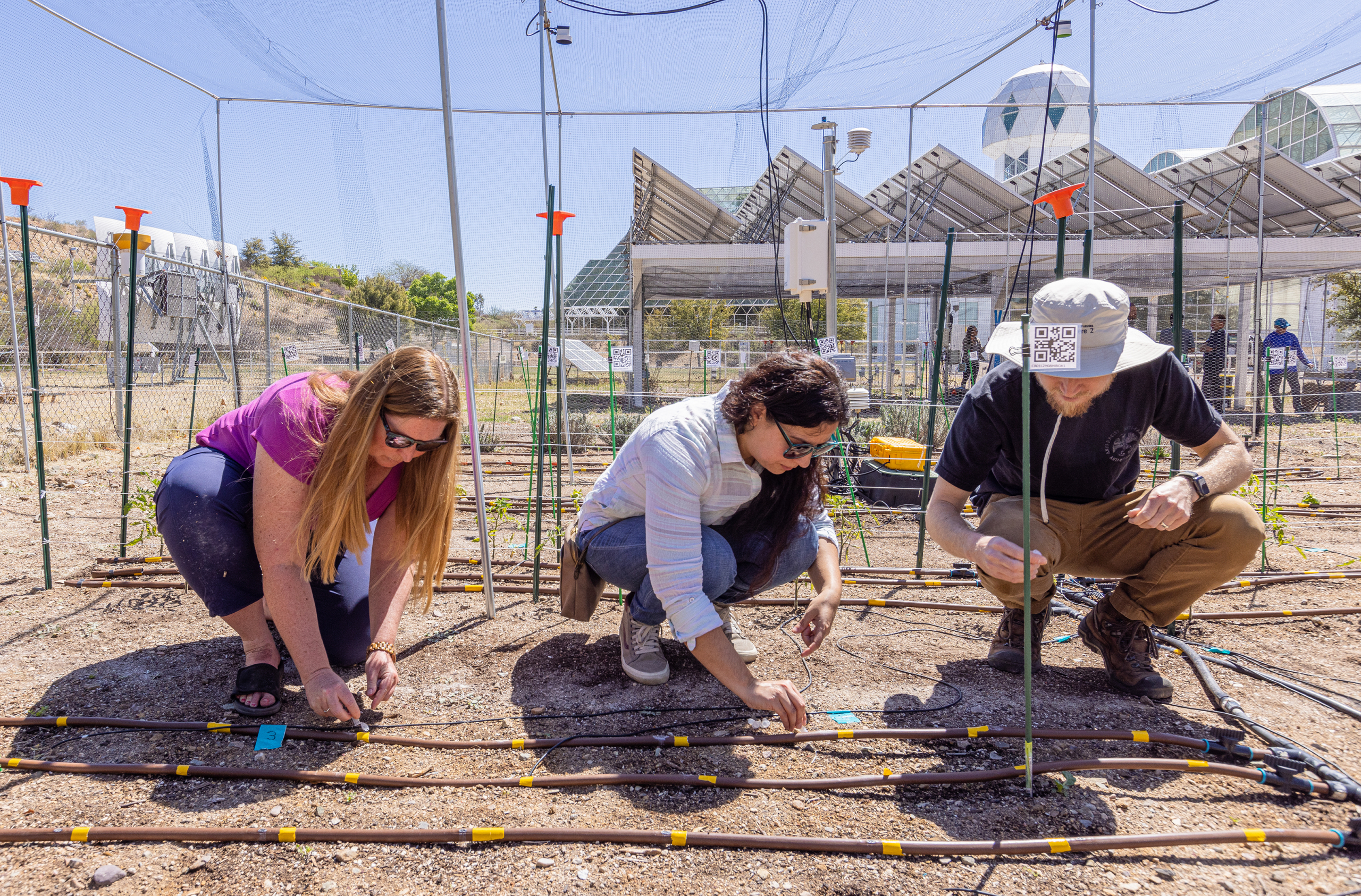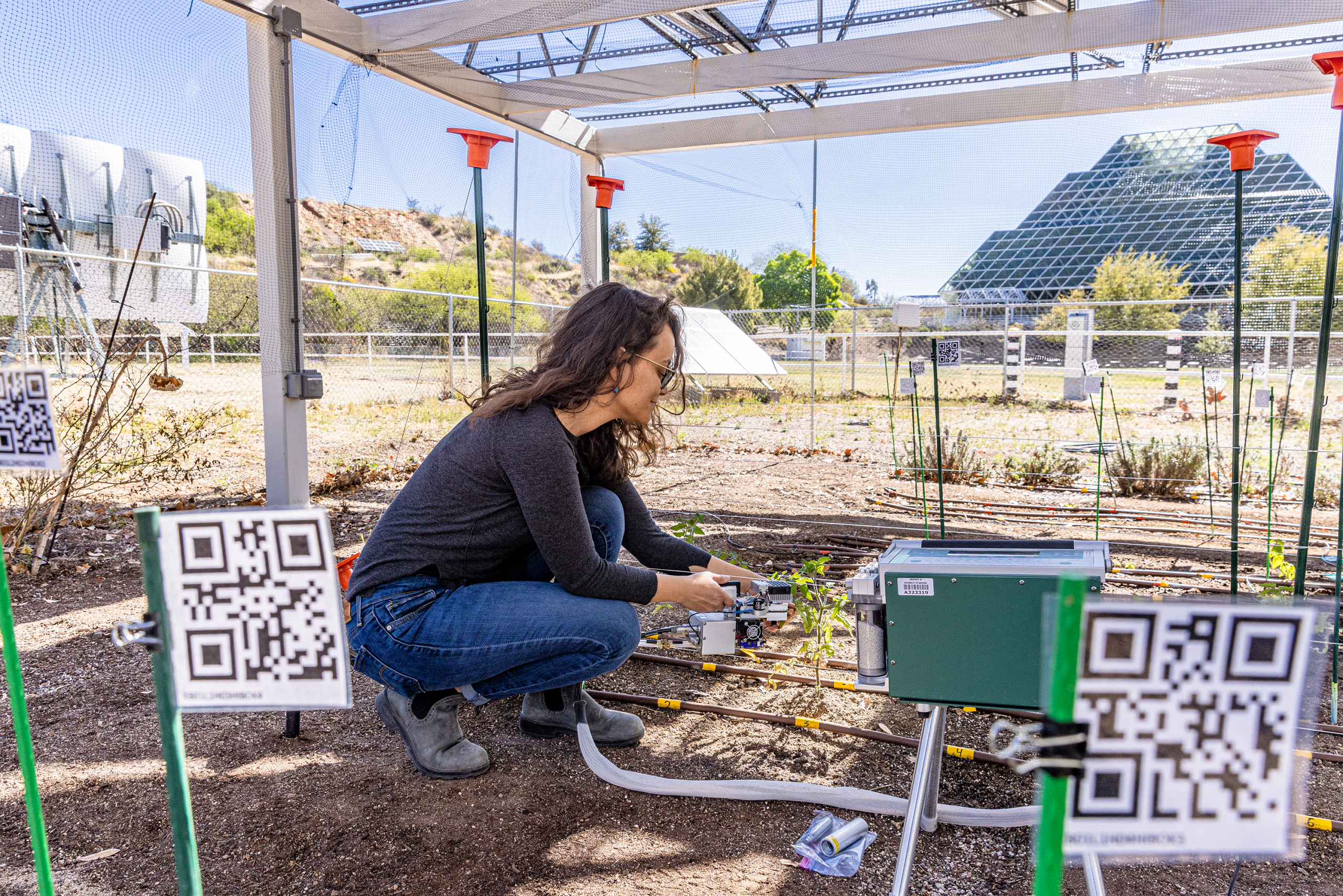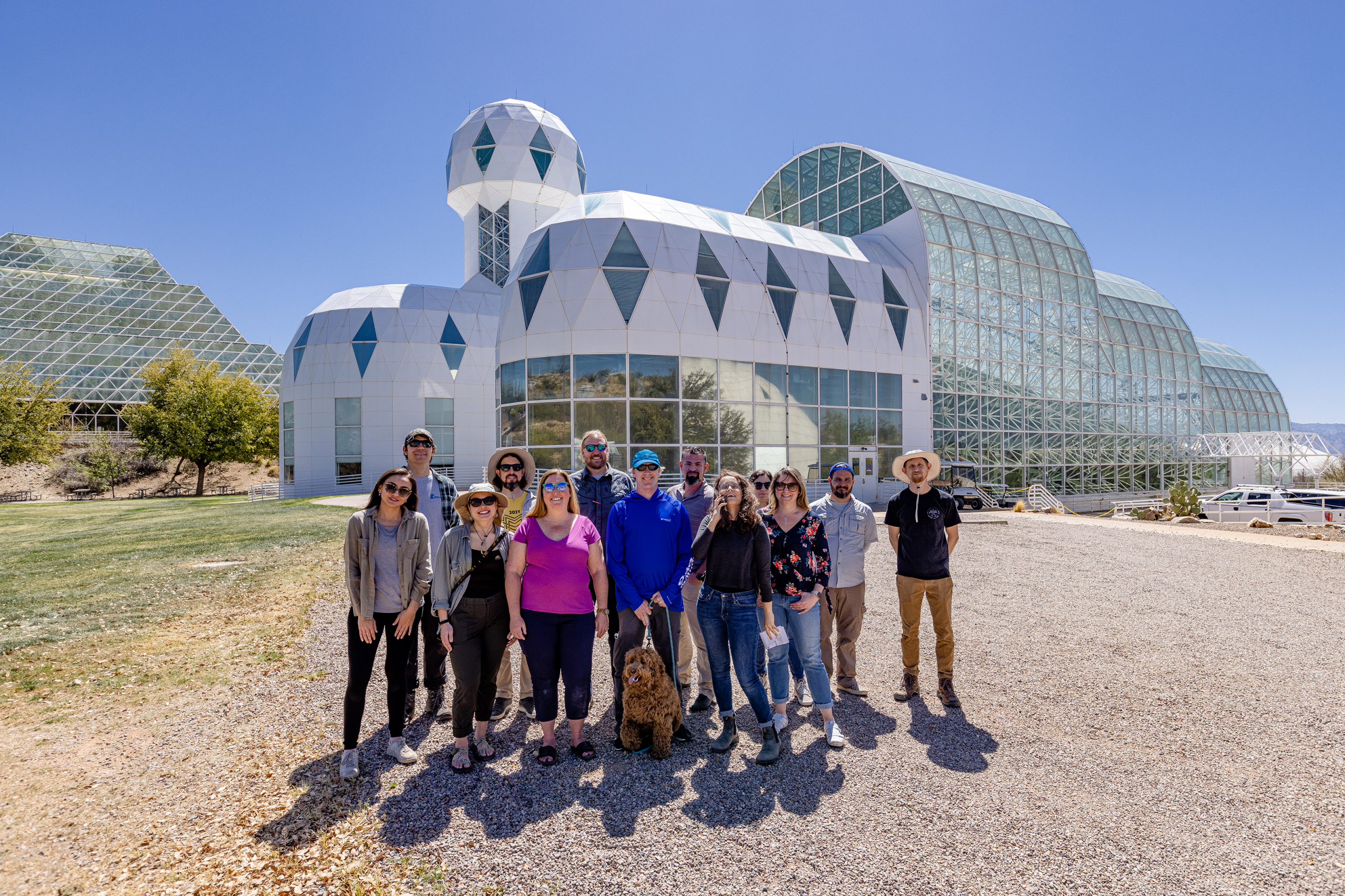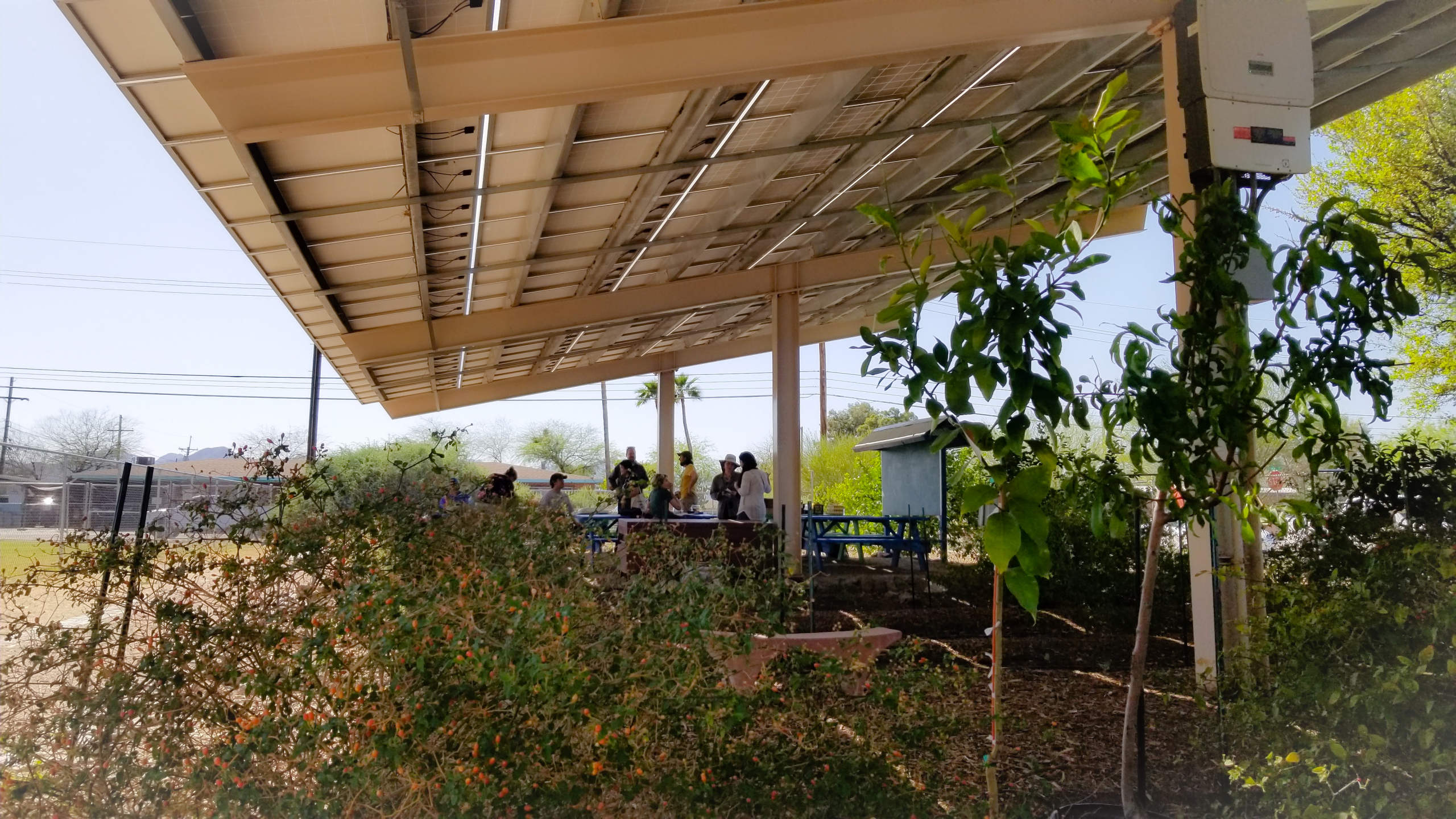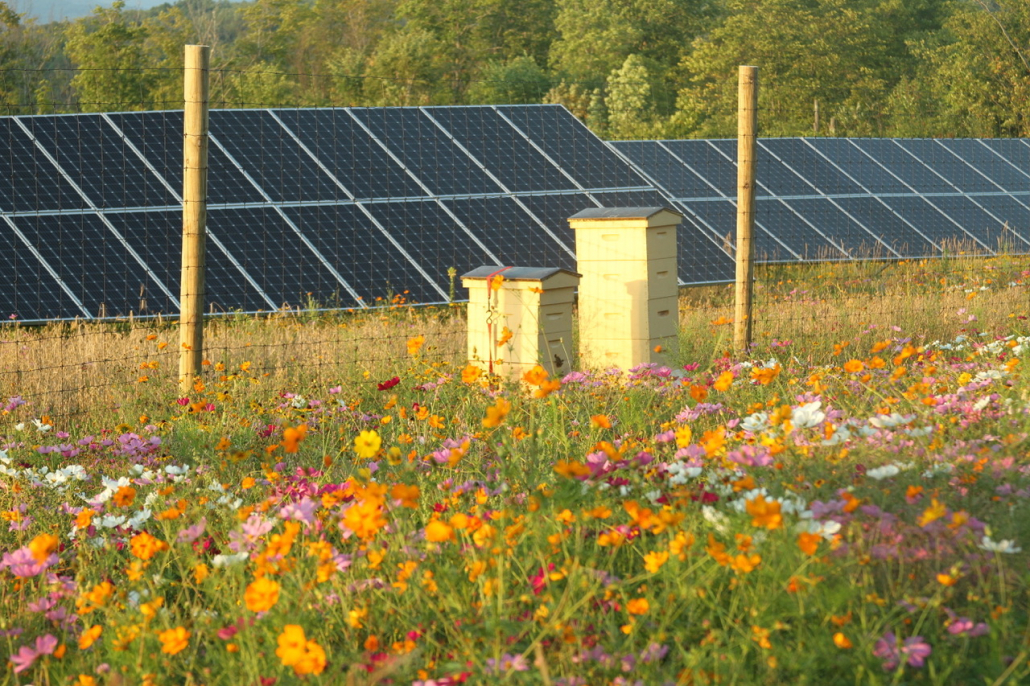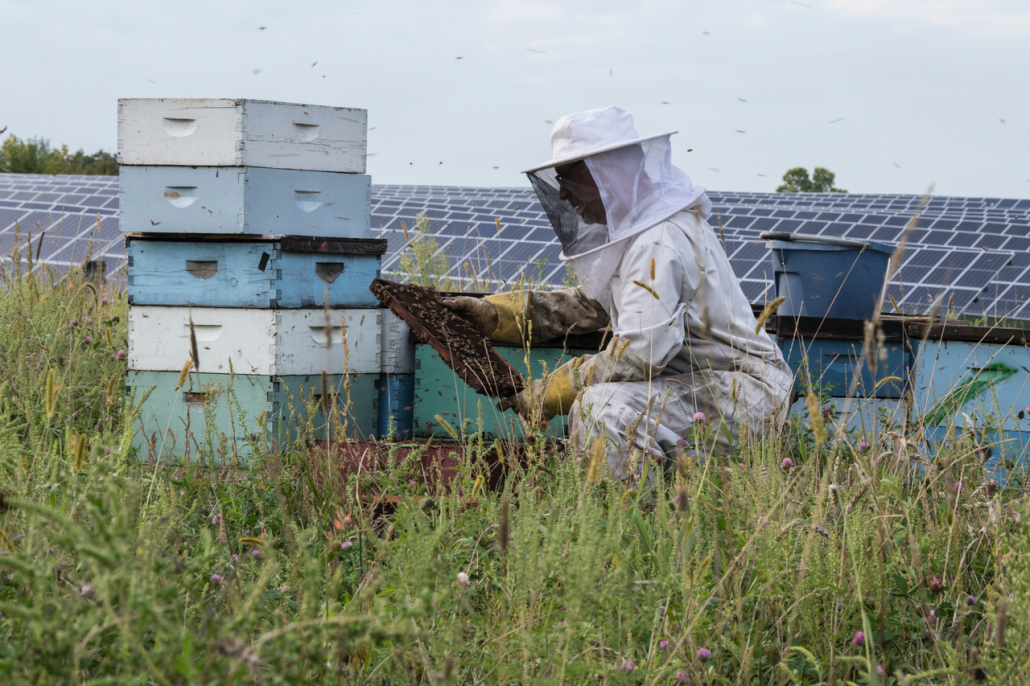Guest blog post by Monarch Joint Venture
Up to 99% of native northern tallgrass prairie in the U.S. has disappeared since European settlement (Samson and Knopf, 1994). This loss of habitat is devastating for pollinators including the iconic monarch butterfly, which depends on native milkweed species and a variety of nectar plants to survive. Given this stark situation, one of the most impactful conservation actions any of us can take is to plant and maintain native habitat, whether it’s a backyard pocket prairie or a large-scale restoration. Many sectors, from agriculture to managed public lands to transportation rights-of-way, are exploring the benefits of pollinator-friendly habitat. Renewable energy is no different; in fact this sector has been a pioneer in the field…the solar field, that is.
In recent years, pollinator-friendly habitat creation on photovoltaic (PV) solar sites has gained momentum across the country, with Minnesota among the earliest adopters. In 2016, Minnesota became the first state to incentivize pollinator-friendly ground cover on its solar energy sites through Minnesota Statute 216B.1642. This development came on the heels of the 2015 National Strategy to Promote the Health of Honey Bees and other Pollinators, which catalyzed new conservation strategies across the nation.
“Minnesotans value conservation and pollinator health, so it’s natural that Minnesota is a leader in this area. You also see this in the preferences expressed by leading electric utilities like Connexus and Xcel,” says Rob Davis of Connexus Energy, which participated in the short documentary, “Pollinators, Prairie, and Power,” last year. “Whether a co-op like Connexus or a private or investor-owned company, energy buyers of all kinds can use the standards published by the state’s leading pollinator experts to express preferences in their renewable energy purchasing. It’s never been easier for energy buyers to ask for high-quality habitat as a ground cover for PV solar—there are numerous developers competing to win these projects.”
This increasing interest is timely: Between 300,000 and 400,000 acres or land in the U.S. are currently being used for ground-mounted PV solar, and studies predict that 3-5 million acres of large-scale solar will be added to the landscape by 2035. According to the Solar Energy Industries Association, solar accounted for 54% of all new electricity-generating capacity added in the U.S. in the first three quarters of 2021, with projections for growth holding steady. Now is definitely the time to quantify the benefits of habitat-friendly landscaping among solar arrays, and that’s where the Monarch Joint Venture comes in.
During the summer of 2021, MJV partnered with Minnesota-based nonprofit Fresh Energy to monitor pollinator-friendly habitat on Minnesota solar developments. Founded in 1990, Fresh Energy works to shape and drive policy solutions to achieve equitable carbon-neutral economies, including habitat-friendly solar.
“We wanted to begin quantifying the impacts of pollinator-friendly solar on Minnesota’s pollinator populations,” says Michael Noble, executive director at Fresh Energy. “Habitat plantings under solar arrays can add a small amount to the cost of a solar development project, but this study shows that it’s an investment well worth making for the benefit of Minnesota’s critical pollinators.”
Using data collected during the study, MJV and Fresh Energy have released the Monitoring Pollinators on Minnesota Solar Installations report to demonstrate the potential benefits of using pollinator-friendly ground cover with solar arrays in Minnesota—as well as areas that need further research. Fresh Energy will be hosting a deeper dive into the report’s findings in a webinar on May 18th. Learn more and register here.
For the study, MJV National Monitoring Coordinator Laura Lukens surveyed four PV solar installations during June, July, and August 2021 to measure the abundance and species composition of milkweeds and flowering plants, as well as use by monarch butterflies and other pollinators. Survey and sampling protocols were designed in consultation with Argonne National Laboratory, which, in partnership with NREL’s InSPIRE study, has published research on use of native plants as solar array ground cover. The sites were located in Anoka and Ramsey counties, ranged in size from 18-68 acres, and were seeded with a native pollinator mix in either 2017 or 2018. A completed copy of Minnesota’s Habitat Friendly Solar Scorecard was available for each site. This monitoring provides essential information for solar site operators and other stakeholders to create long-term management plans to keep native ground cover thriving, and contributes to a growing amount of evidence that habitat-friendly solar sites can provide significant benefits to pollinators.
“Monitoring this habitat is important for many reasons,” says Laura. “Field surveys allow us to investigate potential impacts of solar array canopies on plant and pollinator communities and provide empirical evidence to back up what we suspect as being benefits of habitat in these spaces. With solar projected to grow by millions of acres in the next 15 years, this presents an exciting opportunity for the renewable energy sector to contribute to national pollinator and habitat conservation goals.” With more and more energy companies adopting habitat-friendly solar, this is good news indeed for pollinator conservation.
While surveying, Laura utilized a variety of monitoring protocols, including the Integrated Monarch Monitoring Program (IMMP), the MJV-administered national program that collects milkweed, flowering plant, and monarch use data from a variety of land-cover types and regions. Utilized by researchers and land managers, the IMMP also is a robust community science program designed for public participation. IMMP community and professional scientists contribute important data that are then utilized by monarch and pollinator conservationists and policymakers.
In a nutshell, over the course of the monitoring project, Laura observed a high number of flowering plant species and an abundance of bees, butterflies, moths, flies, and wasps flourishing within and adjacent to the solar arrays. “These results indicate that pollinators utilized habitat regardless of solar panel presence,” Laura shares. “And this suggests that solar installations in Minnesota can indeed provide quality breeding and foraging habitat for monarchs and other pollinators.”
At the same time, the project was limited in scope, and represents preliminary findings. Continued long-term data collection is critical for monitoring the status and trends of pollinator populations, investigating other co-benefits of solar habitat, and to ensure that pollinator-friendly practices achieve and maintain desired outcomes. Management of these sites will also be key to ensuring that habitat quality does not degrade through time.
Other researchers are studying additional co-benefits of habitat-friendly solar. For instance, PV-SMaRT, a collaborative project by the Department of Energy’s National Renewable Energy Laboratory, Great Plains Institute, Fresh Energy, and the University of Minnesota, is studying stormwater infiltration and runoff at PV solar sites across the U.S. Additionally, the U.S. Department of Energy (DOE) Solar Energy Technology Office is funding a four-year study investigating the impacts of co-location of pollinator plantings at large-scale solar installations (>10 MW), led by the University of Illinois, Chicago, in partnership with Argonne National Laboratory, the National Renewable Energy Laboratory, University of Illinois Urbana-Champaign, and Cardno (now Stantec). One of this project’s goals is to create tangible guidance and tools for industry use (e.g. pollinator planting implementation manual, solar site seed selection tool, pollinator solar field assessment tool, and cost-benefit calculator).
In addition to benefits for pollinators and other organisms, native ground cover on PV solar sites can also promote soil health, improve water quality, reduce runoff, and may even boost electrical output, especially on warmer days, by keeping the microclimate near the ground cooler.
“Overall, habitat on solar arrays by itself will not solve the biodiversity crisis or arrest the decline in the monarch or other species,” Rob Davis adds. “However, solar with pollinator-friendly ground cover is setting a beneficial example for other developments to follow. All these things together with additional actions to conserve previously undisturbed lands and set more acres aside dedicated to conservation, through the USDA’s CRP and other programs, will benefit biodiversity and overall human health.”

